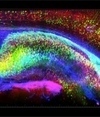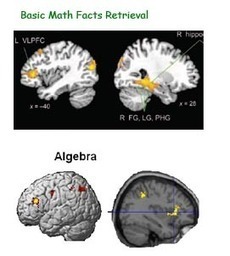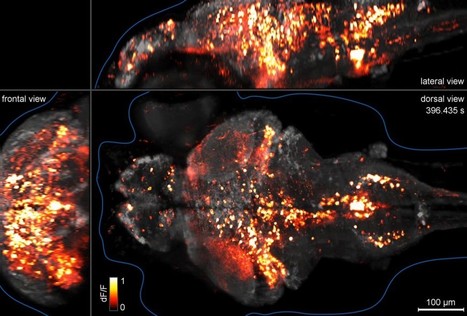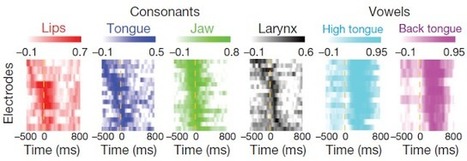Research and publish the best content.
Get Started for FREE
Sign up with Facebook Sign up with X
I don't have a Facebook or a X account
Already have an account: Login

Almost "everything" about new approaches in Education
Curated by
Rui Guimarães Lima
 Your new post is loading... Your new post is loading...
 Your new post is loading... Your new post is loading...

Julien Hering, PhD's curator insight,
April 11, 2013 10:16 AM
See :

Gust MEES's curator insight,
March 5, 2013 4:17 PM
These 100 electrodes produce a lot of data, which the BCI transmits at 24Mbps over the 3.2 and 3.8GHz bands to a receiver that is one meter away.
|

Julien Hering, PhD's curator insight,
March 22, 2013 11:33 AM
Whole-brain functional imaging at cellular resolution using light-sheet microscopy by Misha B Ahrens & Philipp J Keller in Nature Methods (2013) doi:10.1038/nmeth.2434 See the movie : http://ht.ly/jk9iL |



















This article is part of a larger, on-going effort to help connect teachers and other learning professionals with the neuroscience of learning.
More people are running to charity tube to post free videos and watch free videos than posting on you tube. Try posting at charity tube and you will never leave. http://www.africatube.net/ More visitors and more video views. Don't take our word for it, try it. Post one same video on youtube and put it on http://www.africatube.net/ and return ater five hours and compare the viewers rate and decide for yourself. Create your very own group or forum and control who watch it and invite everyone to watch the video. Above all, post video in English or in any language and viewers can watch video description in their own language. Try it and let us know your experience. Above all it is absolutely free like youtube
Something we should all read